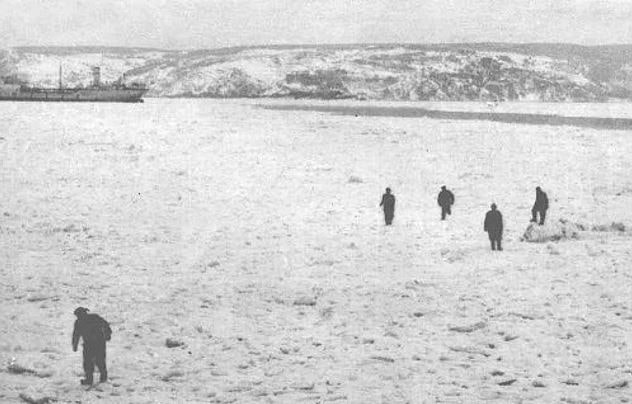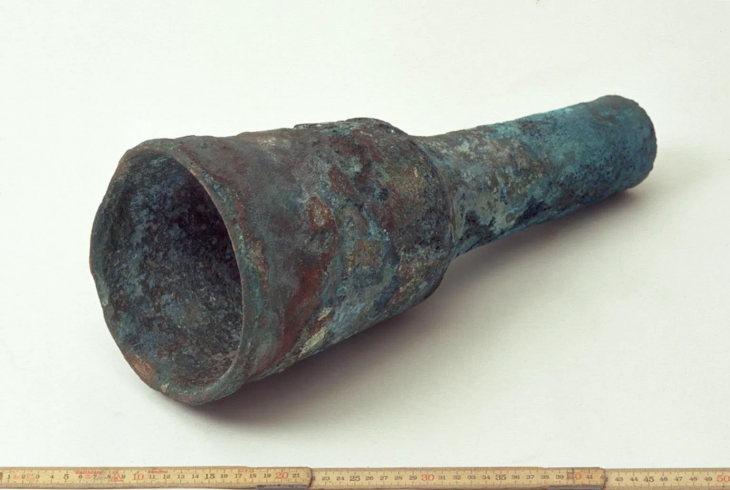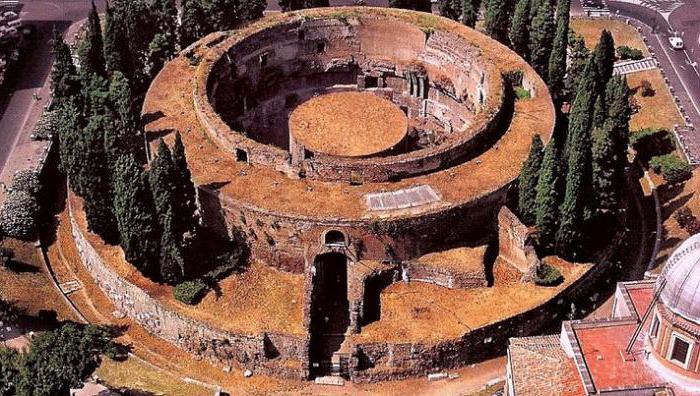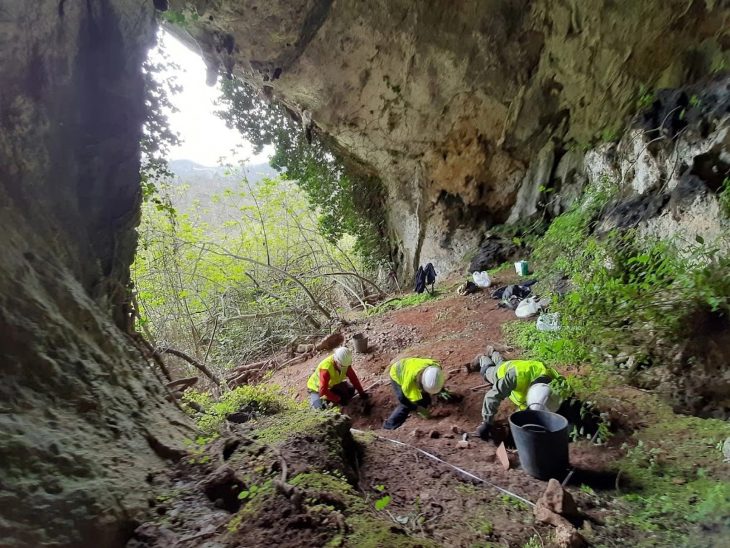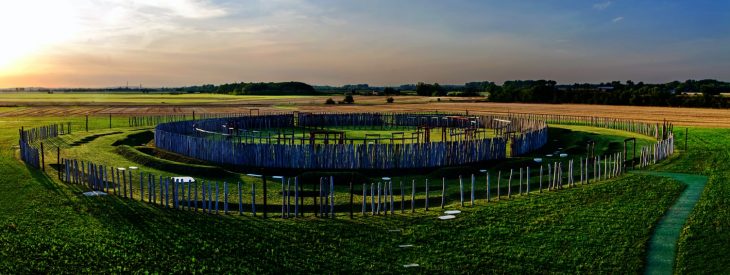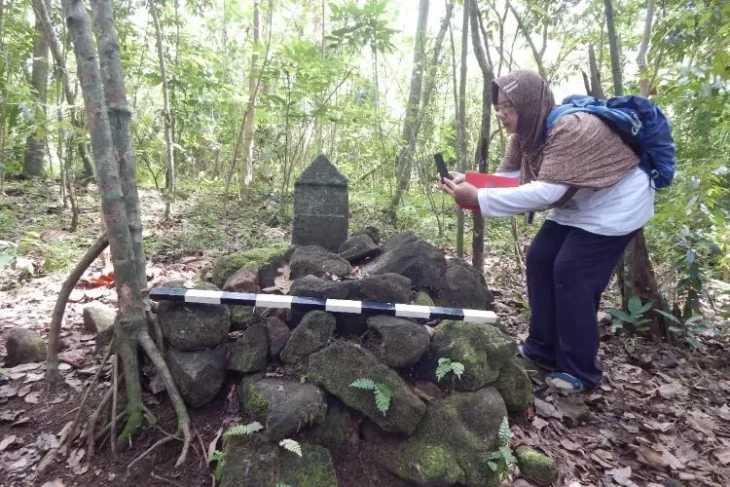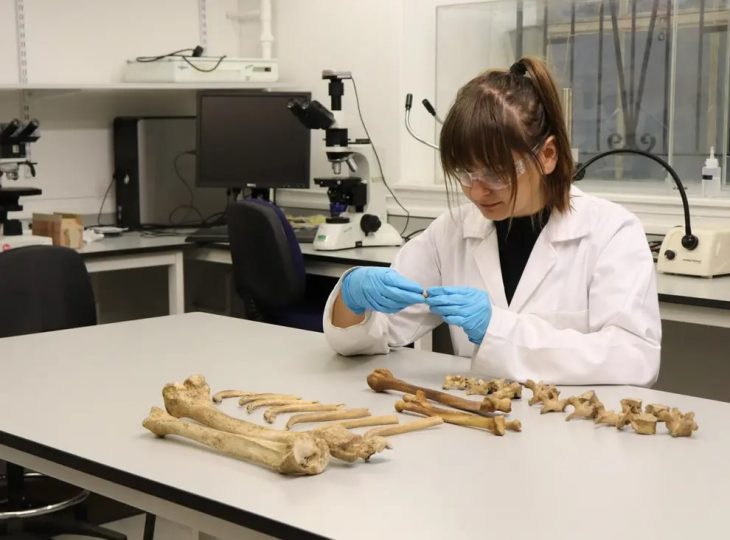The first birch bark letters were found at the Vvedensky excavation site in the Kremlin in Pereyaslavl Ryazan (modern Ryazan).
The length of the letters is 8 cm, width – 2.5–3 cm. Two lower lines of the text have survived (the first upper line is partially cut off). The letters comes from the layers of the second half of the 15th century, from the territory of one of the properties in the western part of the excavation.
The hypothetical paleographic dating of the letter is 14th-15th-15th. at the turn of the century.
The Vvedensky excavation site is located in the southeastern part of the Kremlin, which, according to written sources, was developed later than the northwestern part, and was originally outside the city limits, i.e. it was actually a posad.
Thus, Pereyaslavl Ryazan became the 13th city to found birch bark letters.
📣 Our WhatsApp channel is now LIVE! Stay up-to-date with the latest news and updates, just click here to follow us on WhatsApp and never miss a thing!!
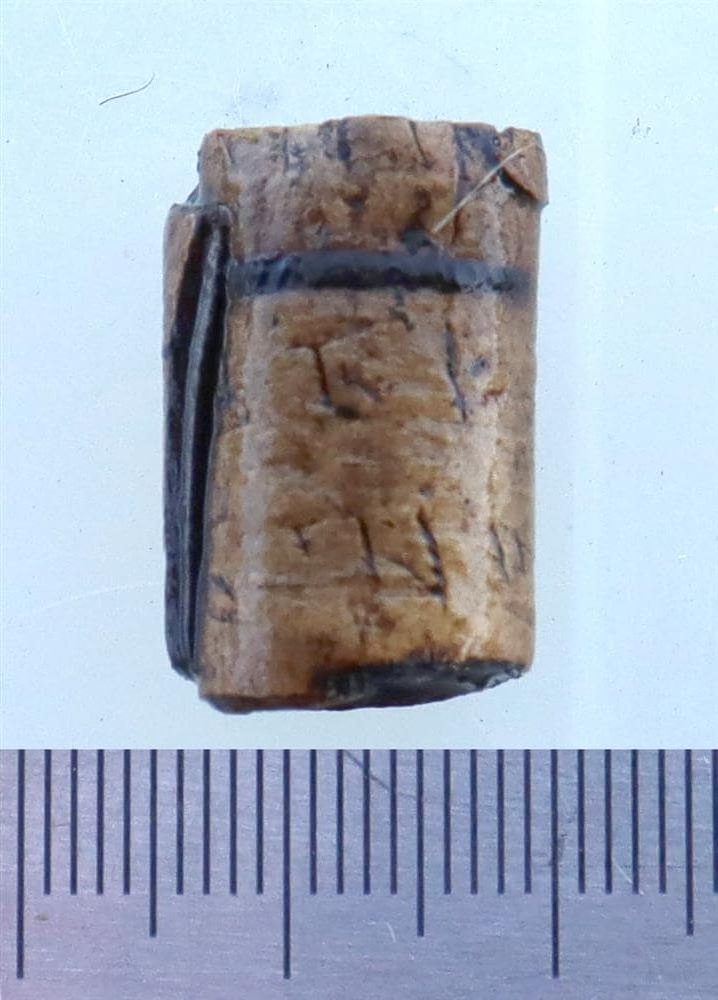
What are birch bark documents?
These are usually brief inscriptions written, or rather carved, on the bark of the birch tree, which grows abundantly in northern Russia. Letters (and occasionally images) are scratched into the birch bark using a sharp device called a stylos; no ink is generally used, thus there is little chance of the ink fading over the lengthy period of time since these texts were written. And it’s a long time because the majority of Novgorod birch bark letters date from the late 11th to early 15th centuries (this would roughly correspond to the Middle English period).
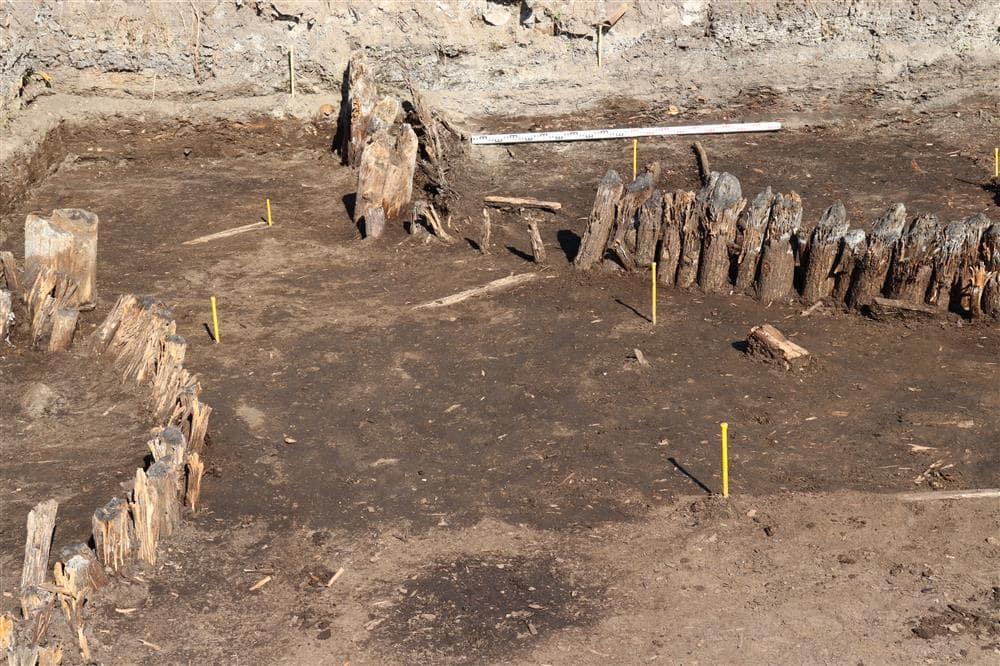
The first birch bark document was discovered on July 26, 1951; since then, considerably over a thousand similar documents have been discovered.
The finding of birch bark documents written by individuals of both sexes, of all ages, and of diverse social positions altered perceptions of northern Russia’s literacy rates.
For more information on birch documentation, you can visit Languages Of The World.






